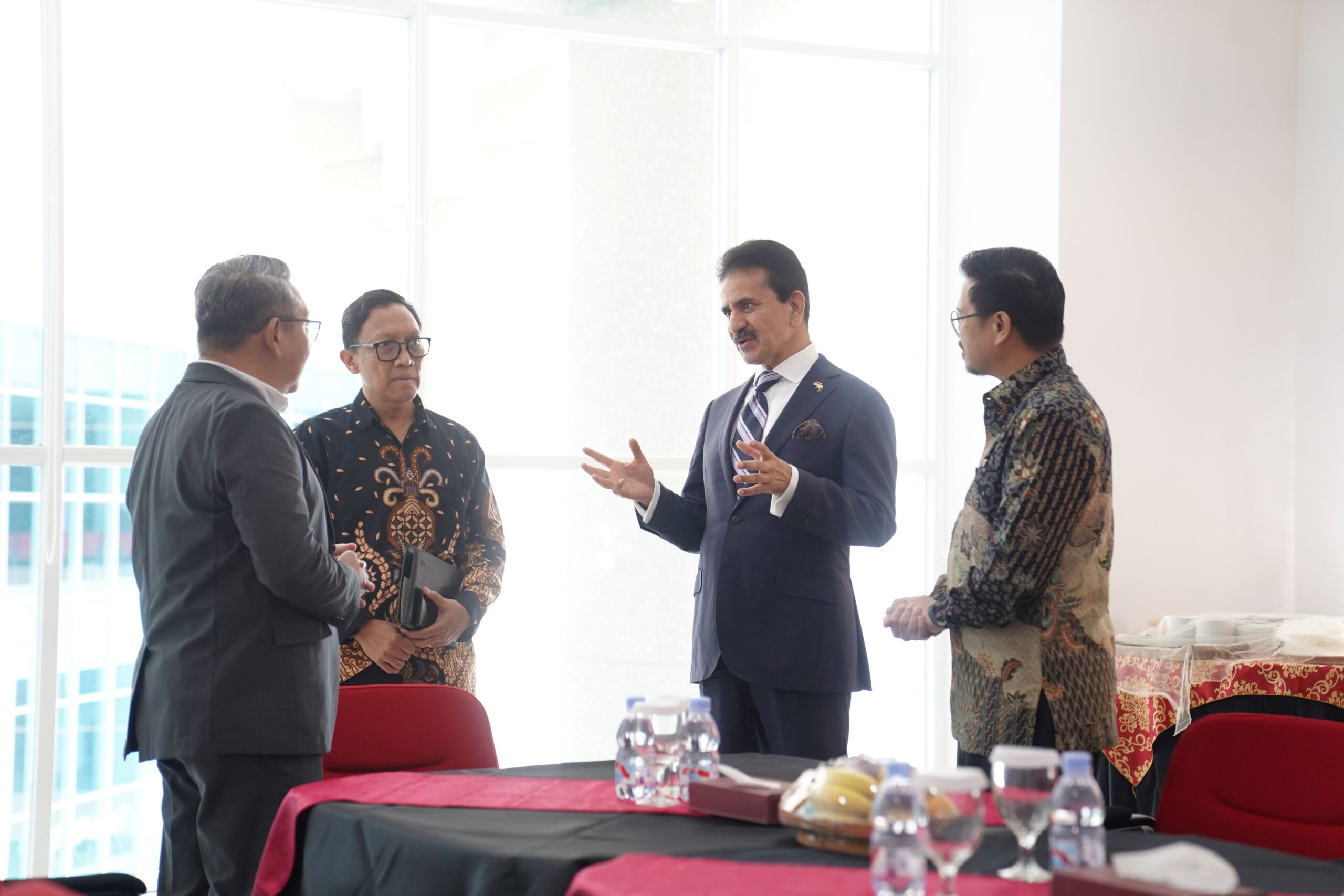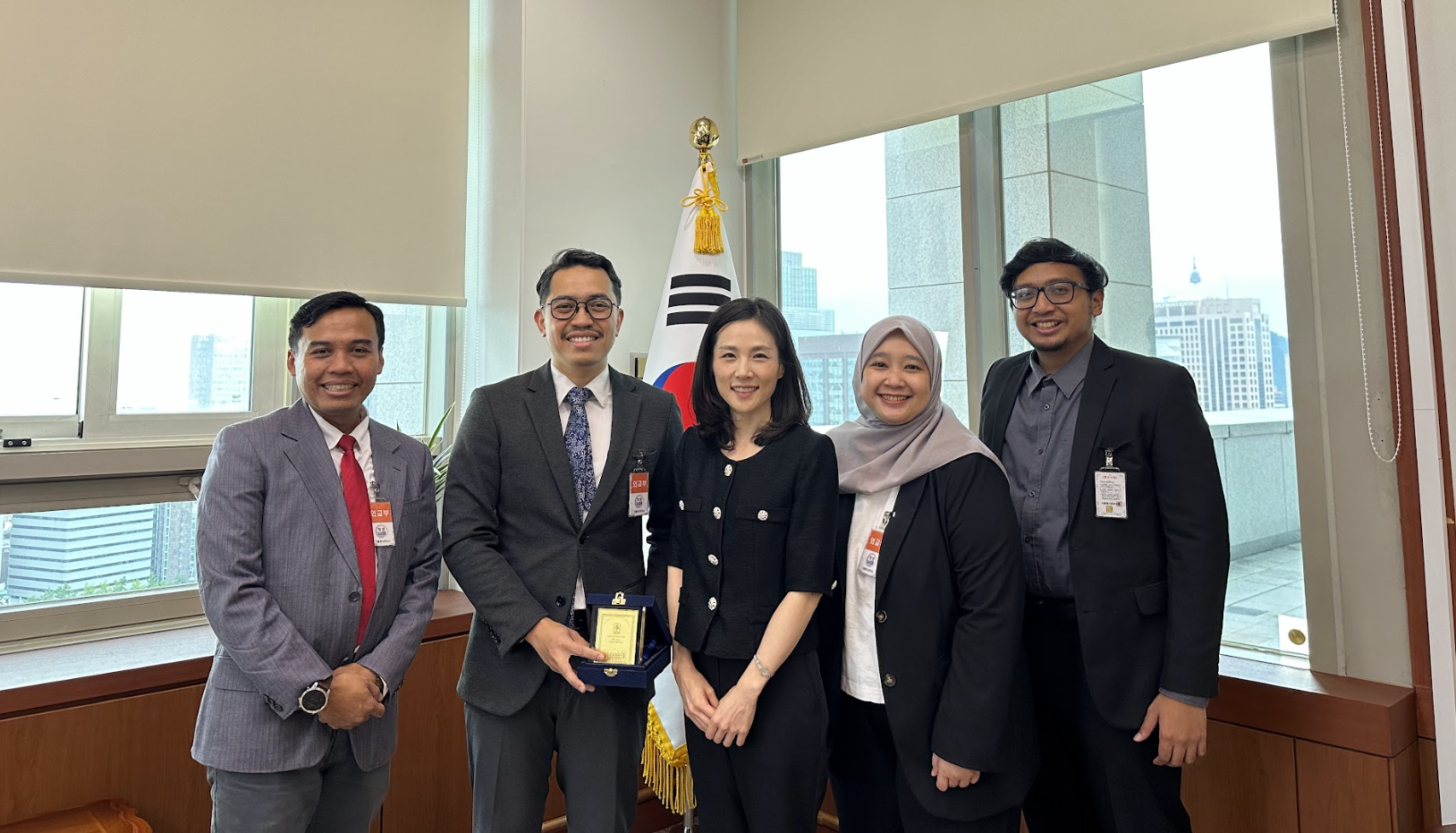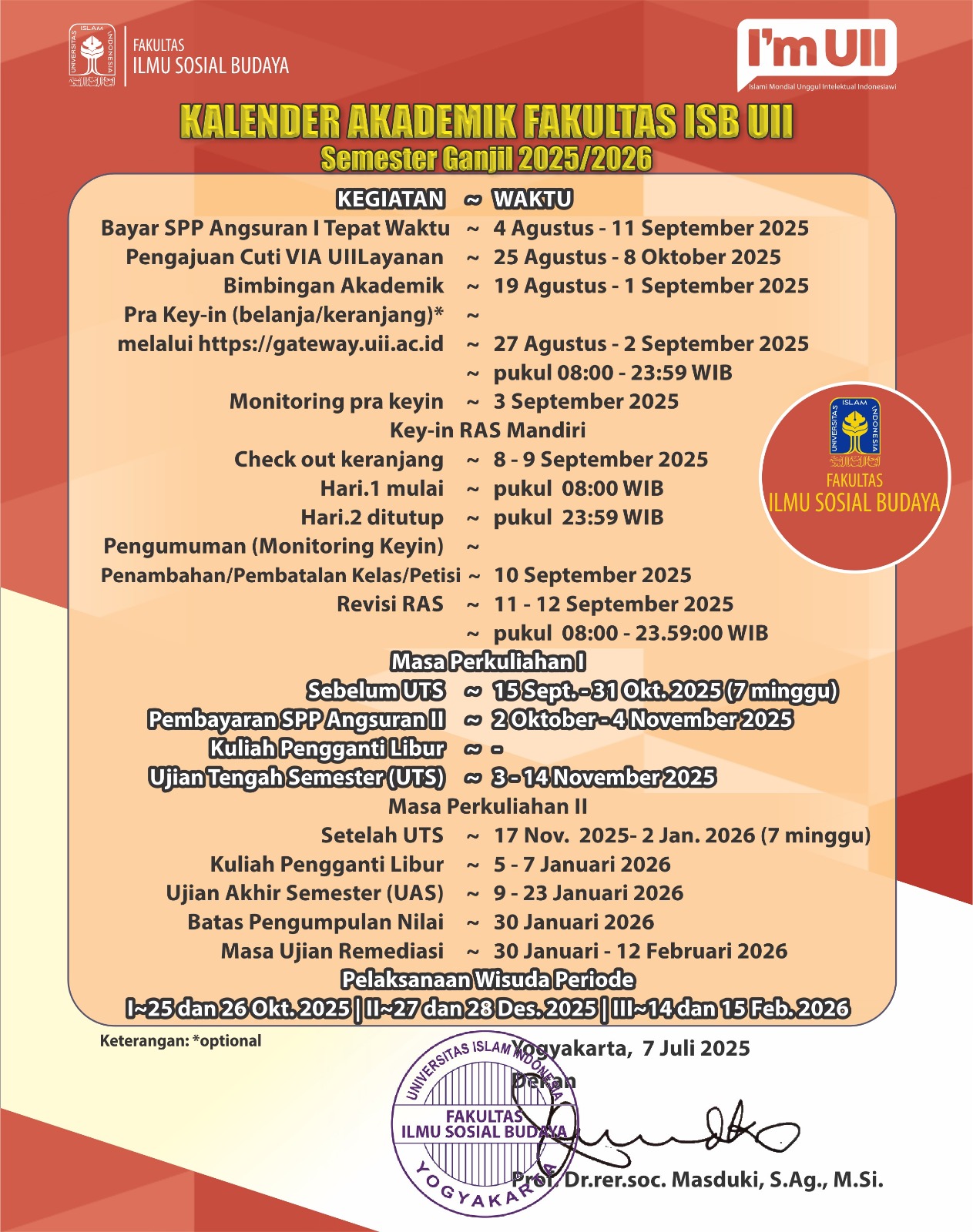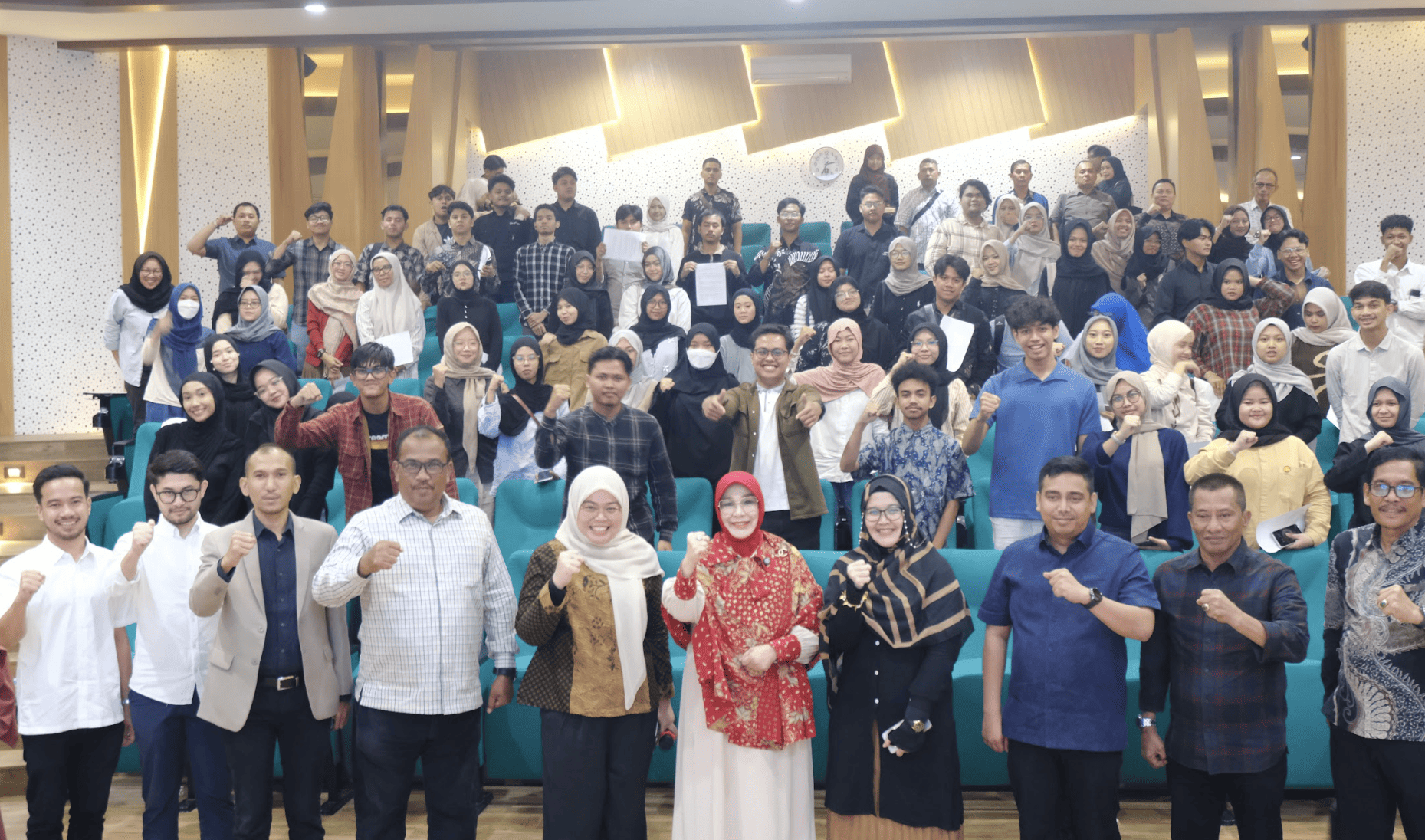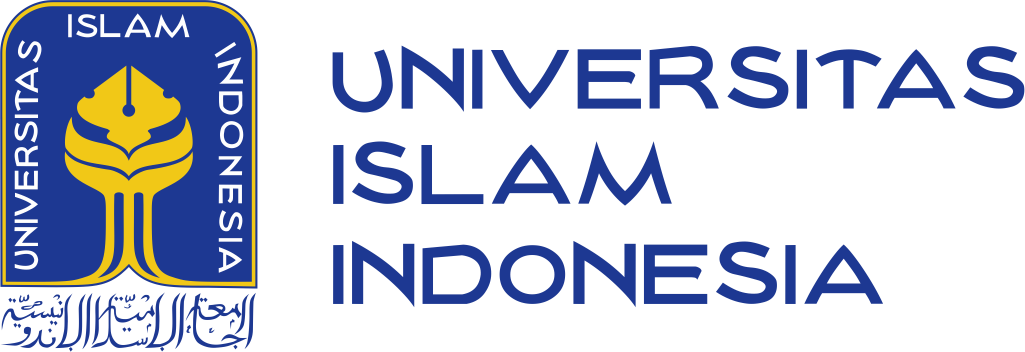History of the Topkapi Palace in Turkey: Understanding the past to shape the future
Written by Saniya Aisyah Maharani
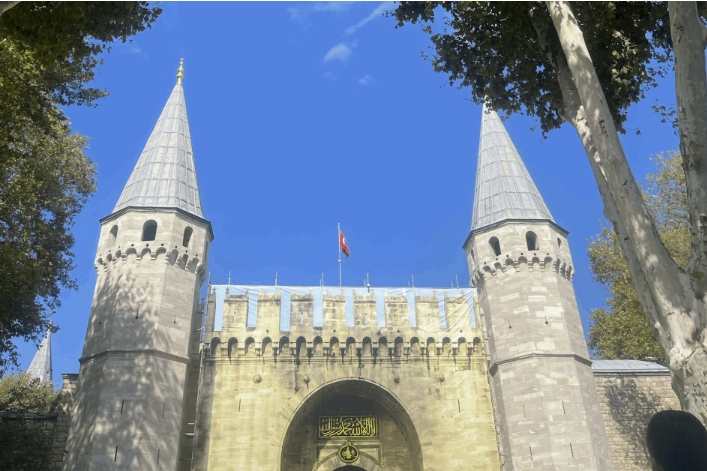
Picture 1. “Bab-us Selam” (Gate of Salutation / Middle Gate)
Hey there! let me tell you something about this awesome Topkapi Palace, this amazing museum in Turkey that you really should see. It is an excellent destination for delving into the absorbing Turkish Ottoman history and acquiring some knowledge about the remnant heritage of Islam. Prepared to embark on a research expedition through time? Let us take you back to the year 1460 when Fatih Sultan Mehmed began this grand plan after taking over Constantinople. This sprawling construction, which covered an area of more than 700,000 square meters between the Golden Horn and the Bosphorus, saw completion after a wait of a lengthy 18 years.
For over four centuries, Topkapi Palace was not only a fancy building but also the very heart of the Ottoman Empire, where sultans ranging from Fatih Sultan Mehmed to Sultan Abdulmecid stayed. Imagine all the councils that were held here, all the royal ceremonies, and all the life-changing decisions taken within these walls. Every nook and corner of this palace has been a witness to history in the making!
Fast forward to 1924, the founding father of modern Turkey, Mustafa Kemal Atatürk, converted this imperial residence into a public museum. It is just such a kind of democratization act that has opened these magnificent halls to millions of visitors every year from all over the world.
The architecture of the palace is simply breathtaking! Every room represents the peak of Ottoman design and decorative arts. Yet of all, the Council Room is just fantastic: stand and gape at its carvings as delicate as frozen lace, colors dancing in sun rays, and Arabic calligraphy along walls-like poetry wrought out in gold. First built during the reign of Mehmed the Conqueror, this was elegantly renovated during the reign of Suleiman the Magnificent, while Sultan Selim III added exquisitely gilded lattices and Rococo doors, making this a fairytale-like place.
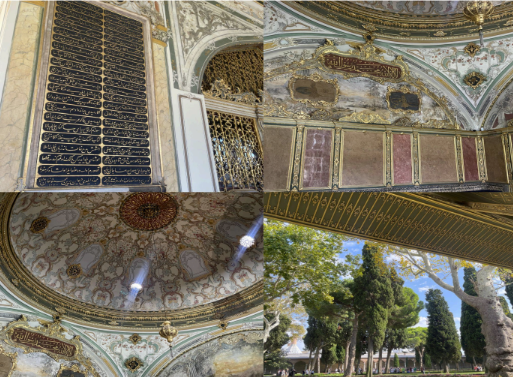
Picture 2. The Imperial Council (Dîvân-ı Hümâyûn) building is the chamber in which the ministers of state, council ministers (Dîvân Heyeti), the Imperial Council, consisting of the Grand Vizier (Paşa Kapısı), viziers, and other leading officials of the Ottoman state, held meetings.
The Council Chamber, better known locally as Kubbealti, was the nerve center of the empire. Each Monday and Tuesday, the grand vizier sort of super-powered prime minister-led a council of high-ranking officials in decisions that ran from international treaties to local disputes. This determined the fate of three continents! If this weren’t enough, the Sultan could secretly observe proceedings via a special window, adding a touch of intrigue.

Picture 3. Dis Hazine The Exterior Treasury Silah Koleksiyonu Arms Collection.
The weaponry collection of the museum is simply great. After the transformation in 1924, they had an impressive exhibition of military artifacts. You can see some well-made swords, ornate armor, and weapons so beautifully made they can be considered a work of art. Each piece will tell you its own story of the epic battles, territorial conquests, and military innovations through the ages.

Picture 4. Mukaddes Emanetler Dairesi (Chamber of the Holy Relics).
The section of religious artifacts houses some of the holiest treasures of Islam. Prepare for a very emotional encounter with an inimitable collection that comprises the personal effects of the Prophet Muhammad, his sword, hair, and other sacred relics. These treasures connect visitors to the spiritual legacy of Islam, offering a profound glimpse into the faith’s history.
The Topkapi Palace is not just a museum but a living testament to the grandeur and complexity of the Ottoman Empire. Its architecture, artifacts, and historical significance provide a window into a world where power, art, and spirituality intertwined. The palace’s transformation into a museum reflects Turkey’s commitment to preserving its heritage while sharing it with the world.
Exploring the Palace Today
Visiting Topkapi Palace today is like stepping into a time machine. The palace is divided into four main courtyards, each with its own unique vibe and purpose. The First Courtyard is the most accessible, once bustling with visitors and officials. The Second Courtyard, where the Imperial Council met, is quieter but no less grand. The Third Courtyard houses the private quarters of the sultans, including the Privy Chamber, where the sacred relics are kept. Finally, the Fourth Courtyard offers stunning views of the Bosphorus and lush gardens, perfect for soaking in the palace’s serene beauty.
Why It Matters
Topkapi Palace isn’t just a tourist spot—it’s a bridge between the past and the present. By preserving and showcasing Ottoman history, it helps us understand the cultural and political forces that shaped modern Turkey. Its artifacts, from weapons to religious relics, tell stories of conquest, faith, and governance that resonate even today. For anyone interested in history, art, or culture, Topkapi is a must-visit that inspires awe and reflection.
References
Topkapi Palace Museum. (n.d.). History of Topkapi Palace. Retrieved January 2, 2025, from https://www.topkapisarayi.gov.tr/en/content/history
Istanbul Tourist Pass. (2023). Topkapi Palace: A Journey Through Ottoman History. Retrieved January 2, 2025, from https://www.istanbul-tourist-pass.com/topkapi-palace
Goodwin, G. (1999). Topkapi Palace: An Illustrated Guide to its Life and Personalities. Saqi Books.

